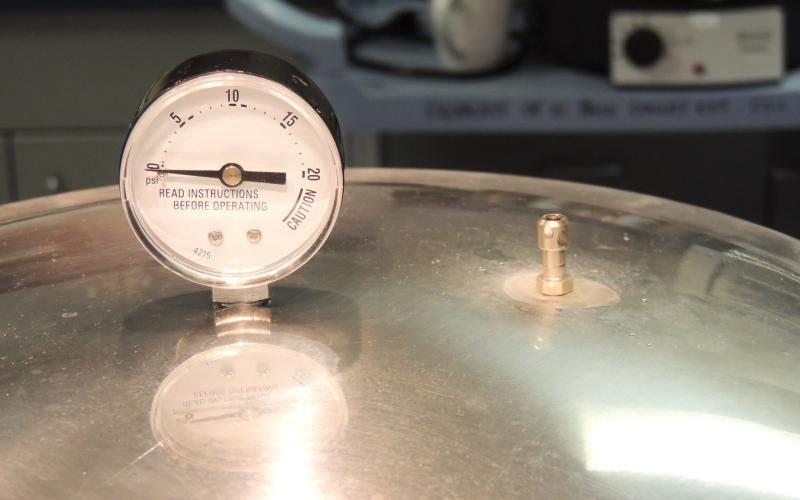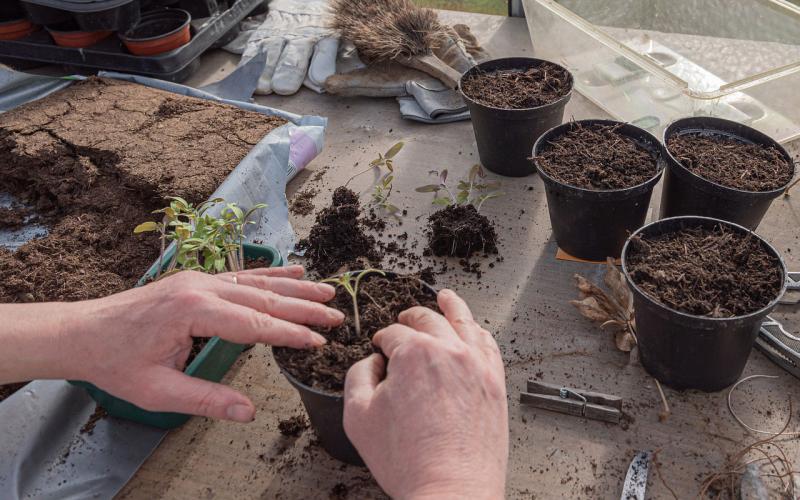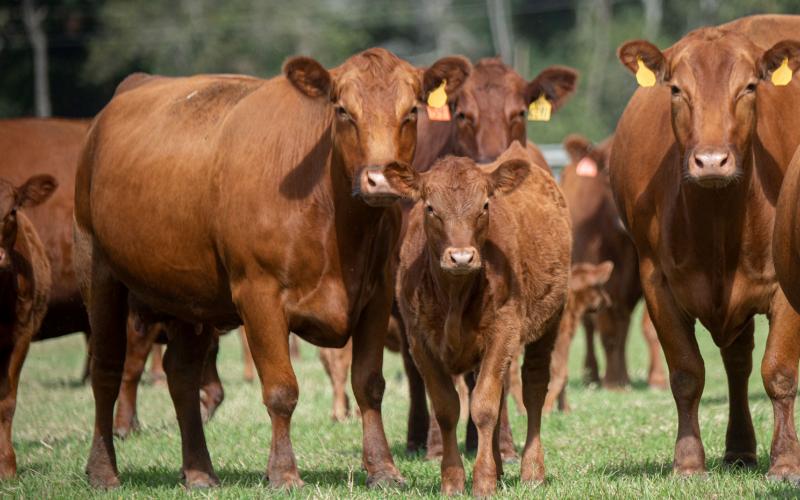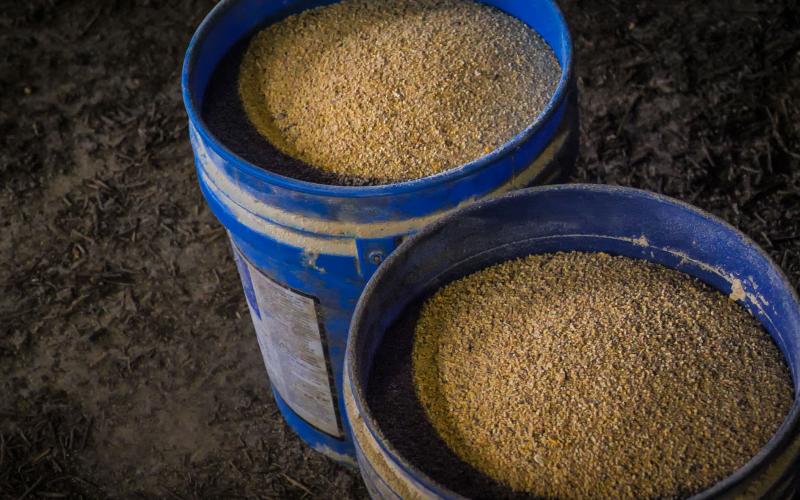Content by SDSU Extension

Altitude Adjustments for Home Canning
There are many guidelines to follow when canning, an important one often overlooked is checking one’s need to adjust for altitude.

Promoting Safe Community Gardening Amidst the COVID-19 Pandemic
October 20, 2021
SDSU Extension experts have established guidelines for community gardens to follow in order to promote the health and safety of local gardeners during the COVID-19 pandemic.

Minimizing Synchronization Costs
With the rising costs of certain feed supplements, uncertainty in the markets, and fear of the unknown, using an estrus synchronization protocol may be the last thing on producers’ minds. However, there is still opportunity to incorporate estrus synchronization without breaking the bank.

Nathania Knight Awarded South Dakota State University’s 2020 Outstanding Professional Award
May 01, 2020
Nathania Knight has been awarded the 2020 Outstanding Professional Award by the South Dakota State University Professional Staff Advisory Council.

Evaluating Feedstuffs on Nutrient Cost-Comparison Basis
Feed costs in dairy diets typically make up half or more of the input expenses of a ration. Thus, it is imperative to keep a handle on input costs by comparing ingredients on an apples-to-apples basis when looking for cost-effective diet solutions.

Protein Supplementation Options With Grazing Cattle
COVID-19 and the energy economy has had a dramatic negative impact on the ethanol industry, resulting in limited availability of corn distiller’s grains. This has changed availability and pricing of protein feeds.

2020 State 4-H Event Cancellation List
This list aids planning and decision-making for 4-H member families and volunteers in light of the ongoing COVID-19 pandemic.

COVID-19 and Home Water Use
There have been questions regarding spread of the virus that causes COVID-19 through drinking water.

South Dakota 4-H Hosts Operation: Healthy Habits Challenge
October 08, 2021
During these unprecedented and occasionally sedentary times, South Dakota 4-H is encouraging South Dakota residents to get active, be active and stay active by participating in the Operation: Healthy Habits Challenge.

Planting Spring Wheat Into Corn or Milo Residue: Considerations for Scab
Due to current grain prices and other reasons, growers may be considering planting spring wheat into fields that were planted to corn or milo last season. While this type of crop rotation is not generally recommended, economic and logistical challenges sometimes may dictate otherwise.